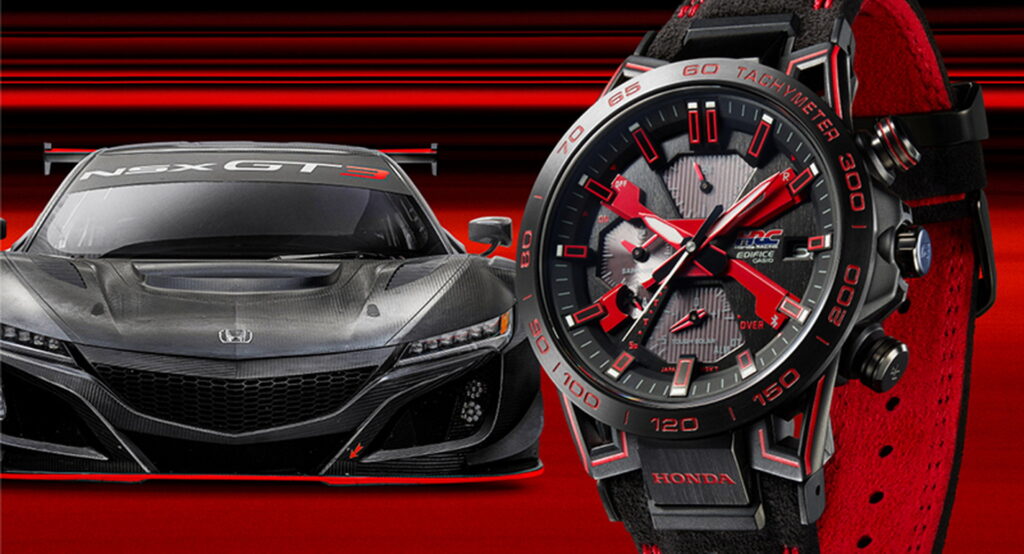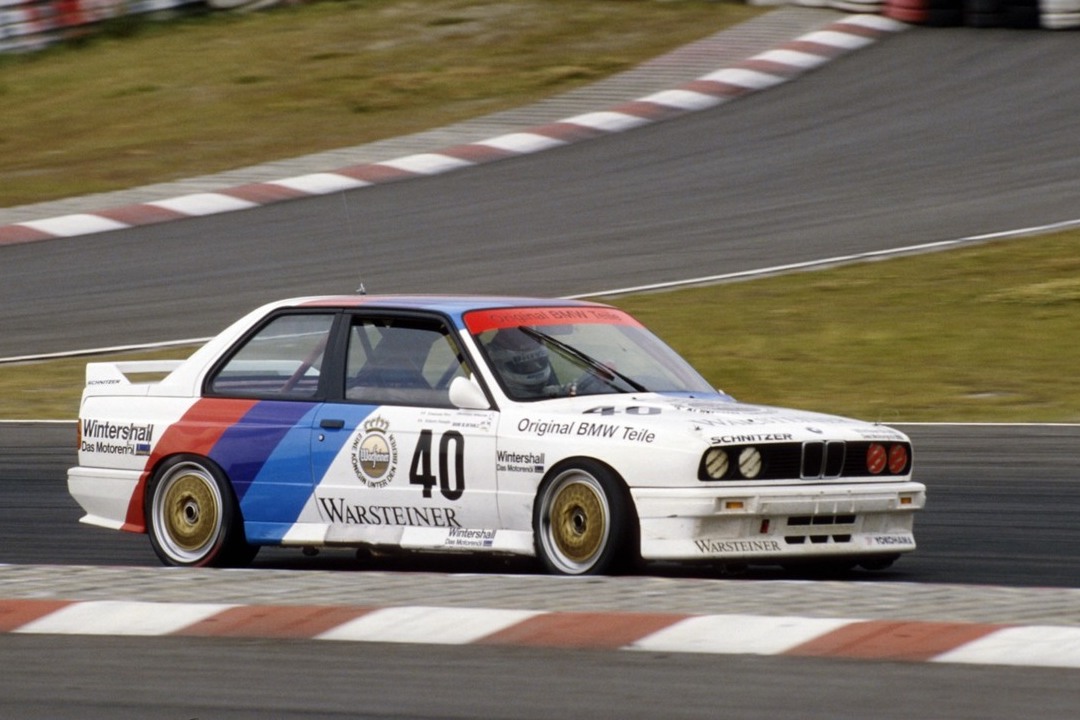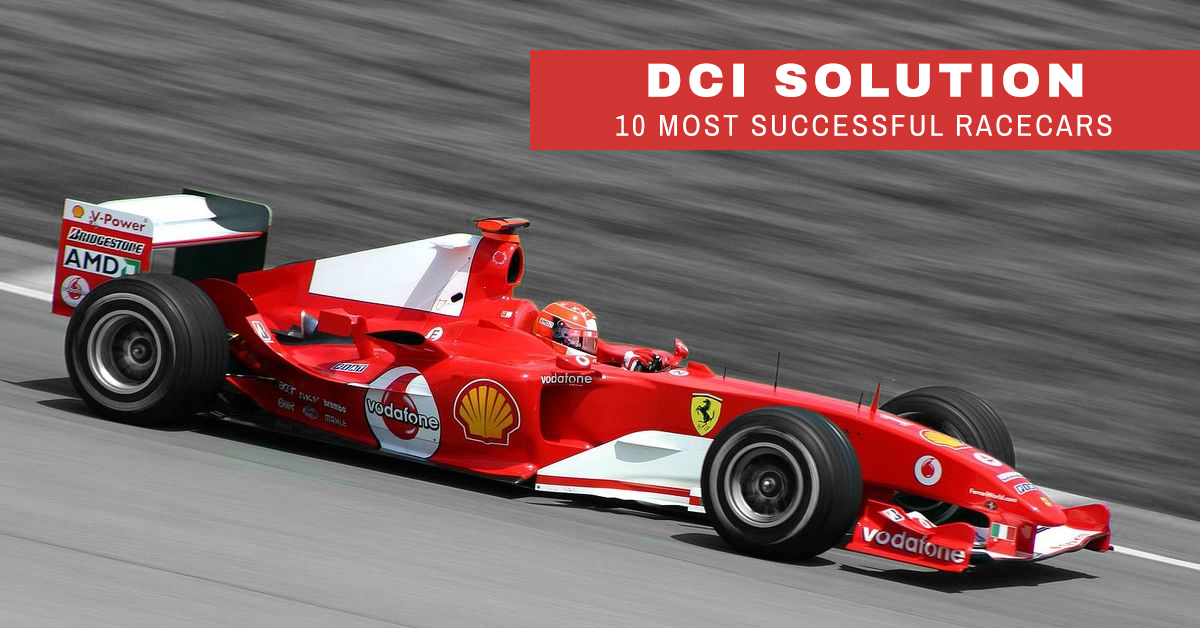When it comes to the world of motorsport, BMW has always been a name that commands respect and admiration. The brand’s legacy in racing is nothing short of legendary, with a collection of cars that have not only dominated tracks worldwide but also redefined what it means to be a high-performance machine. From endurance races to Formula One, BMW's most successful racing cars have left an indelible mark on the history of motorsport.
But what makes these cars so special? Why do they continue to inspire enthusiasts and engineers alike? Well, buckle up, because we’re about to take you on a thrilling ride through the history of BMW’s most iconic racing machines. This isn’t just about speed; it’s about passion, engineering brilliance, and the relentless pursuit of victory.
Whether you're a die-hard BMW fan or simply someone who appreciates the art of racing, this article will dive deep into the stories behind the wheels that have made BMW a powerhouse in the racing world. So, let’s get started, shall we?
Read also:William Saputra The Inspiring Journey Of A Selfmade Billionaire
Table of Contents
- The History of BMW in Motorsport
- Biography of BMW's Racing Legacy
- BMW 328: The Early Days of Glory
- E30 M3: The Legend of Touring Cars
- BMW V12 LMR: A Le Mans Icon
- M6 GTLM: Dominating the Modern Era
- The Technology Behind BMW's Success
- Design Philosophy in Racing Cars
- The Future of BMW Racing
- Conclusion: Why BMW Reigns Supreme
The History of BMW in Motorsport
BMW didn’t just wake up one day and decide to conquer the racing world. No, it’s been a journey filled with ups and downs, triumphs and challenges. The brand’s involvement in motorsport dates back to the early 20th century, and over the years, BMW has evolved from building powerful engines to crafting entire race-winning machines.
How It All Began
Back in the 1930s, BMW was already making a name for itself with its aircraft engines. But it wasn’t long before they realized that their engineering prowess could be applied to cars as well. This realization marked the beginning of BMW’s journey into the world of racing, a journey that would eventually lead to some of the most iconic victories in motorsport history.
Biography of BMW's Racing Legacy
Let’s take a quick look at BMW’s racing biography. Over the decades, BMW has participated in numerous racing series, from touring cars to endurance racing, and even Formula One. Each series has its own challenges, and BMW has risen to meet them all with grace and determination.
| Year | Series | Notable Achievement |
|---|---|---|
| 1936 | Grand Prix | First major victory with the BMW 328 |
| 1980s | ETCC | E30 M3 dominance in touring car racing |
| 1999 | Le Mans | Overall victory with the V12 LMR |
| 2016 | IMSA | M6 GTLM success in modern endurance racing |
BMW 328: The Early Days of Glory
Let’s rewind to the late 1930s, where the BMW 328 made its debut. This car wasn’t just any roadster; it was a racing sensation that would go on to win the legendary Mille Miglia in 1940. The 328 was powered by a 2.0-liter straight-six engine that produced an impressive 80 horsepower, which was quite the beast back in those days.
Why the 328 Matters
What made the 328 so special wasn’t just its engine but also its lightweight construction and aerodynamic design. It was a perfect blend of power and agility, a recipe that would become the blueprint for many BMW racing cars to come. The 328’s success laid the foundation for BMW’s future endeavors in motorsport.
E30 M3: The Legend of Touring Cars
Fast forward to the 1980s, and BMW introduced the E30 M3, a car that would become a legend in touring car racing. The E30 M3 was designed specifically for competition, and it didn’t disappoint. With its 2.3-liter four-cylinder engine and a top speed of over 140 mph, the E30 M3 was a force to be reckoned with.
Read also:Morgan Vera Nude The Truth Behind The Controversy And More
- Won numerous championships in the European Touring Car Championship (ETCC).
- Established BMW as a dominant player in touring car racing.
- Influenced the design of future M models.
BMW V12 LMR: A Le Mans Icon
If there’s one race that every manufacturer dreams of winning, it’s the 24 Hours of Le Mans. In 1999, BMW achieved that dream with the V12 LMR. This car was powered by a 6.0-liter V12 engine that produced around 600 horsepower, making it one of the most powerful cars to ever compete at Le Mans.
Le Mans Victory
The V12 LMR’s victory at Le Mans was a momentous occasion for BMW. It wasn’t just about winning; it was about proving that BMW could compete at the highest level of endurance racing. The car’s reliability and performance under extreme conditions were unmatched, and it set a new standard for future BMW racing cars.
M6 GTLM: Dominating the Modern Era
In the modern era of racing, the M6 GTLM has been BMW’s flagship in endurance racing. Competing in series like IMSA, the M6 GTLM has shown that BMW’s engineering excellence is as strong as ever. With its advanced aerodynamics and powerful engine, the M6 GTLM continues to push the boundaries of what’s possible in racing.
Key Features of the M6 GTLM
- Powered by a 4.4-liter V8 engine producing around 500 horsepower.
- State-of-the-art aerodynamics for improved downforce and stability.
- Advanced telemetry systems for real-time performance monitoring.
The Technology Behind BMW's Success
So, what’s the secret to BMW’s success in racing? It all comes down to technology. From advanced engine designs to cutting-edge aerodynamics, BMW has always been at the forefront of automotive innovation. The brand’s commitment to research and development has resulted in some of the most advanced racing cars in the world.
Innovations That Matter
One of the most significant innovations in BMW’s racing cars is the use of lightweight materials. By using materials like carbon fiber and aluminum, BMW has been able to reduce the weight of its cars without compromising on strength. This has led to improved performance and efficiency, two critical factors in any racing car.
Design Philosophy in Racing Cars
Design plays a crucial role in the success of any racing car. BMW’s design philosophy is centered around creating cars that are not only fast but also visually stunning. The brand’s designers work closely with engineers to ensure that every curve and line serves a purpose, whether it’s improving aerodynamics or enhancing cooling.
The Role of Aerodynamics
Aerodynamics is one of the most important aspects of racing car design. BMW’s engineers have spent countless hours in wind tunnels testing and refining the aerodynamics of their cars. The result is a car that cuts through the air with minimal resistance, allowing it to achieve higher speeds and better handling.
The Future of BMW Racing
As we look to the future, BMW continues to push the boundaries of what’s possible in racing. With the advent of electric and hybrid technologies, the brand is exploring new ways to harness power and efficiency. The future of BMW racing is bright, and we can’t wait to see what they have in store for us.
Electric Racing Cars
BMW has already made significant strides in electric racing with the BMW iFE.18, which competed in Formula E. This car showcases BMW’s commitment to sustainable racing and sets the stage for future electric racing cars.
Conclusion: Why BMW Reigns Supreme
In conclusion, BMW’s most successful racing cars are a testament to the brand’s dedication to excellence and innovation. From the early days of the BMW 328 to the modern marvels like the M6 GTLM, BMW has consistently delivered cars that not only win races but also inspire generations of enthusiasts.
We invite you to share your thoughts and experiences with BMW’s racing legacy in the comments below. And don’t forget to check out our other articles for more insights into the world of motorsport.


